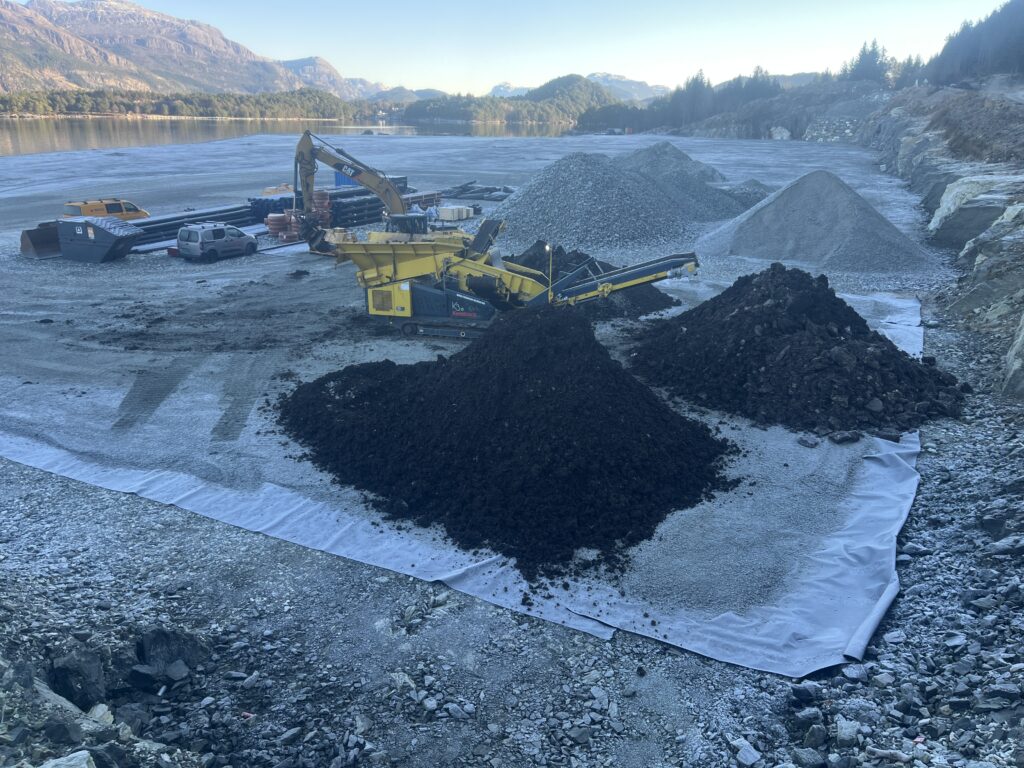Kinn Municipality Leads the Way in Sustainable Construction Practices
Kinn Municipality is taking the lead in the fight against invasive species – choosing a greener path in infrastructure and construction.
As the first municipality in Norway, Kinn has decided to steam-treat soil contaminated with Japanese Knotweed, enabling reuse instead of disposal. This marks an important step toward a more circular and sustainable construction industry.

Image 1: The soil is prepared and ready for steam treatment in Kinn Municipality.
“We’re proud to set an example of how projects can be carried out in a more environmentally friendly way,” says Erik Endestad, Project Manager at Mesta, who is executing the work on behalf of Kinn Municipality.
“This is an exciting initiative, and we hope it will be considered in future projects across the country.”
🌱 Why Steam-Treat Soil?
Traditionally, soil contaminated with invasive species like Japanese Knotweed is treated as waste and sent to landfill. This is both expensive and resource-intensive, with unnecessary CO₂ emissions from transport and the extraction of new materials.
With SoilSteam’s technology, this practice is being transformed:
- The soil is cleaned using steam only – no chemicals
- Seeds, roots, and plant diseases are eliminated effectively
- The soil can be reused on-site instead of being discarded
“Our technology gives municipalities and contractors a concrete tool to reduce emissions and treat soil as a resource,” says Hans Kristian Westrum, Sales Director and founder of SoilSteam.
♻️ More Cost-Effective Than Landfilling
Steam-treating soil might sound expensive, but the numbers speak for themselves:
“When we compared the cost of steam treatment with the cost of transport and landfill, it actually turned out to be more affordable to treat and reuse the soil,” says Jorunn Reisæter, Project Manager at Kinn Municipality.
“And that’s not even counting the environmental benefits – which are hard to put a price on.”
🌍 From Exception to Standard?
Kinn is following in the footsteps of recent initiatives, such as the Norwegian Public Roads Administration’s project in Jevnaker, where 4,000 tonnes of soil were recovered through steaming.
Now, we’re seeing more counties and municipalities beginning to adopt this technology – a development that is both encouraging and inspiring.
“We believe this is just the beginning,” Westrum concludes.
“Kinn has shown real courage and vision – and may very well have set a new standard for the future of construction projects in Norway.”
🚀 Want to Learn More?
Curious about how SoilSteam can help your municipality or project manage contaminated or biologically infested soil in a more sustainable way?
👉 Get in touch with us – or read more about our technology right here on our website.
Together, we can turn soil into a resource – not a waste problem.